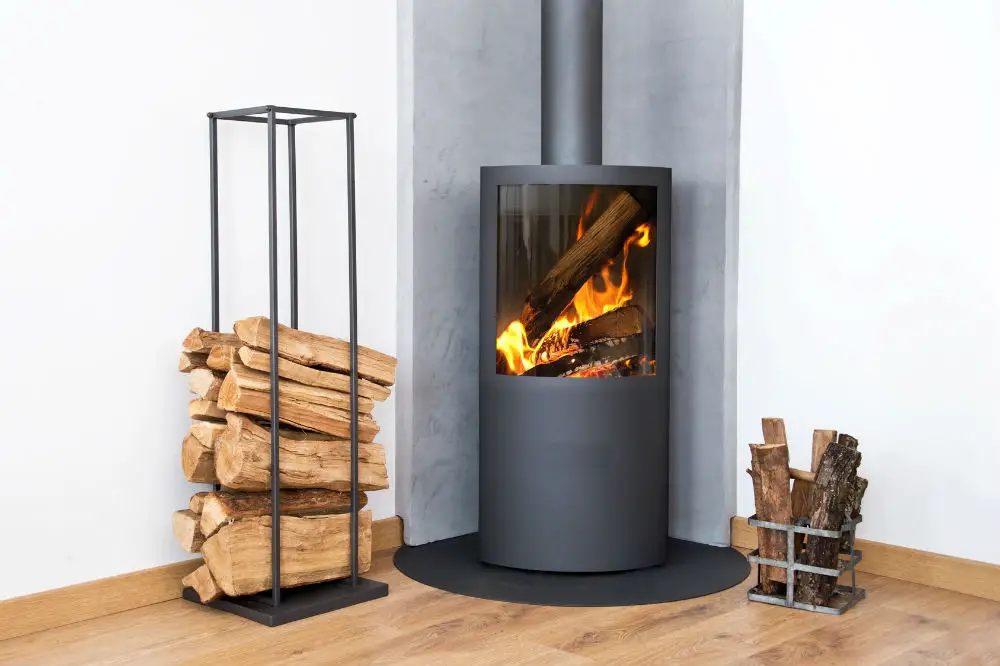While wood stoves have been around for centuries, it doesn’t mean that they’re completely safe. The idea of burning wood and other combustibles just doesn’t seem to be the safest way to warm a house quickly or cook outdoors, mostly because the fire can get out of hand and be a bit too hard to extinguish. This can be a huge problem for those who like to camp as forest fires are some of the most dangerous accidents that can be started with carelessness in the wilderness.
Are Wood Stoves Safe?
Experts have varied opinions about wood stoves, especially since they also come in different forms, sizes, and purposes. The ones used for heating homes tend to require the highest amount of regulation and it’s so important to stick with the rules. As for small, outdoor wood-burning cookstoves, a whole different set of restrictions apply. Knowing the differences should help you keep yourself and your surroundings perfectly safe.
Wood Stove Heating Safety Tips
Carbon Monoxide Poisoning
Burning just about any kind of carbon-based fuel tends to produce carbon monoxide, which is a very harmful gas that can really harm the body. As it doesn’t have a scent, it’s hard to detect whether carbon monoxide is in the air, making it difficult to avoid its inhalation. As burning wood releases carbon monoxide, wood-burning stoves tend to release these gases with ease.
Fire
As fire is the main tool you need to actually burn the wood and other combustibles to create high enough temperatures to heat a space or cook food, it’s also one of the main dangers of using wood stoves. The ones used for backpacking and camping are actually not allowed in many wilderness areas, especially high altitude ones, as they can start forest fires that can quickly become disastrous.
Are Wood Stoves Safe?
With proper and correct use, as well as the right unit, these items can actually be safe. They’re basically just like other cooking or heating equipment, in that you just need to pay close attention to how you use them to keep your home and health in perfect condition.
Your gas range, oven, and chimney actually pose the same kinds of dangers to your home. While they may not exactly be at the same degree, the fact remains that a lot of things at home are not 100% foolproof and can still bring injuries and casualties when not used correctly. So, it’s just really a matter of using the equipment properly and carefully to ensure that it’s safe.
Top Tips for Keeping Wood Stoves Safe
To help you stay safe even when using wood stoves, here are a few safety tips that you should always stick to.
- Ensure proper ventilation.
It’s a must that wood stoves are only used in well-ventilated areas. This is even more important if you’re using a stove indoors as the fumes and smoke can easily get trapped in the room and cause everyone to suffocate or suffer from carbon monoxide poisoning. - Chemically-treated, painted, and damp wood should never be used for burning.
These kinds of wood will release toxic fumes under high heat, so make sure to keep them out of the fire box. Damp wood should also be avoided as it’s hard to fire up and won’t thoroughly combust, leaving behind a good amount of creosote in the process. Stick with seasoned wood (dried for six months) to get the best results. - Only install EPA-approved wood stoves inside your home.
EPA-approved wood stoves are more efficient and safer for home use, so if you intend to install one at home, you should only go for these. - Regularly clean your wood stove.
Creosote build-up is one of the things you should absolutely avoid so always make sure to clean your wood stove and take out the residue that might lower its performance quality. - Only go for the best quality wood stove.
The quality of your wood stove also plays a huge role in your safety with this equipment. They should be made with high-quality materials and construction so they won’t easily succumb to heat damage and maybe blow up in the middle of the day. - If the stove needs installation, make sure that it is done correctly and properly.
If you’re getting a wood stove that needs to be installed, make sure to do it correctly and properly. These things are not to be trifled with as there are a few things that can go wrong if the vent pipe is not properly routed and installed and if it’s not placed somewhere ideal. - Handle portable wood stoves with care.
If you’re going to use portable wood stoves, you should also do it with great care. These things can become hot to touch so you shouldn’t mindlessly try to handle them.
Conclusion
While wood stoves may have their own dangers, you can make them safe to use with proper care. With ample research and taking the right amount of safety precautions, you can be sure to enjoy the many benefits of these products, wherever you may be.

